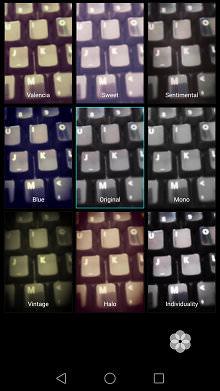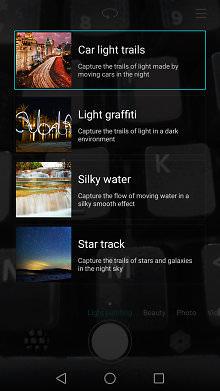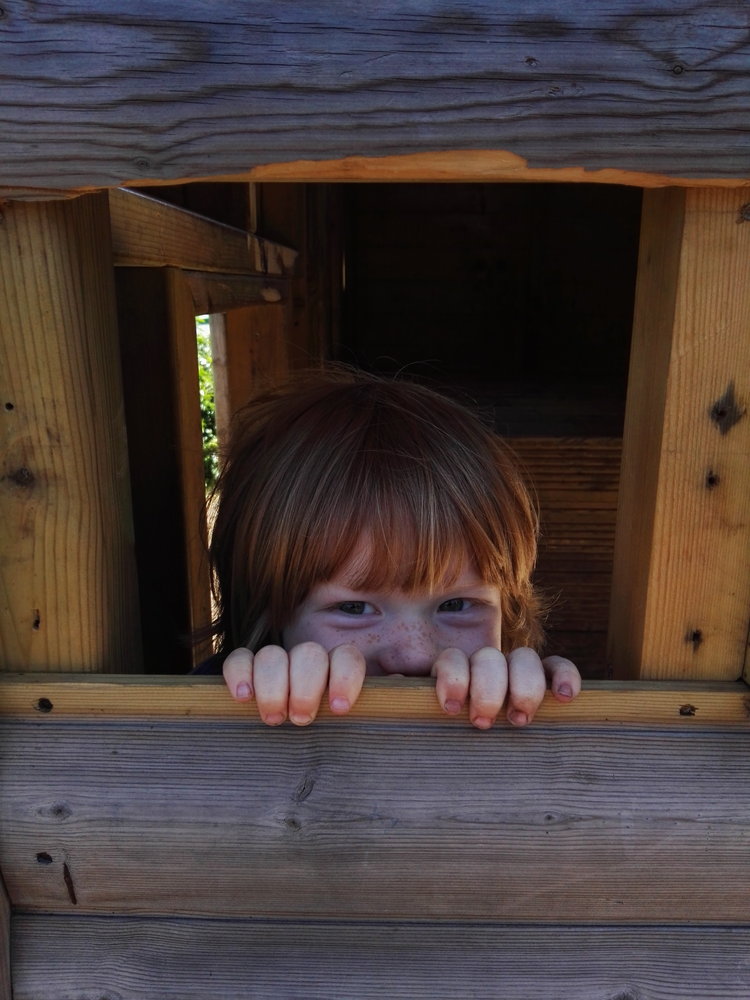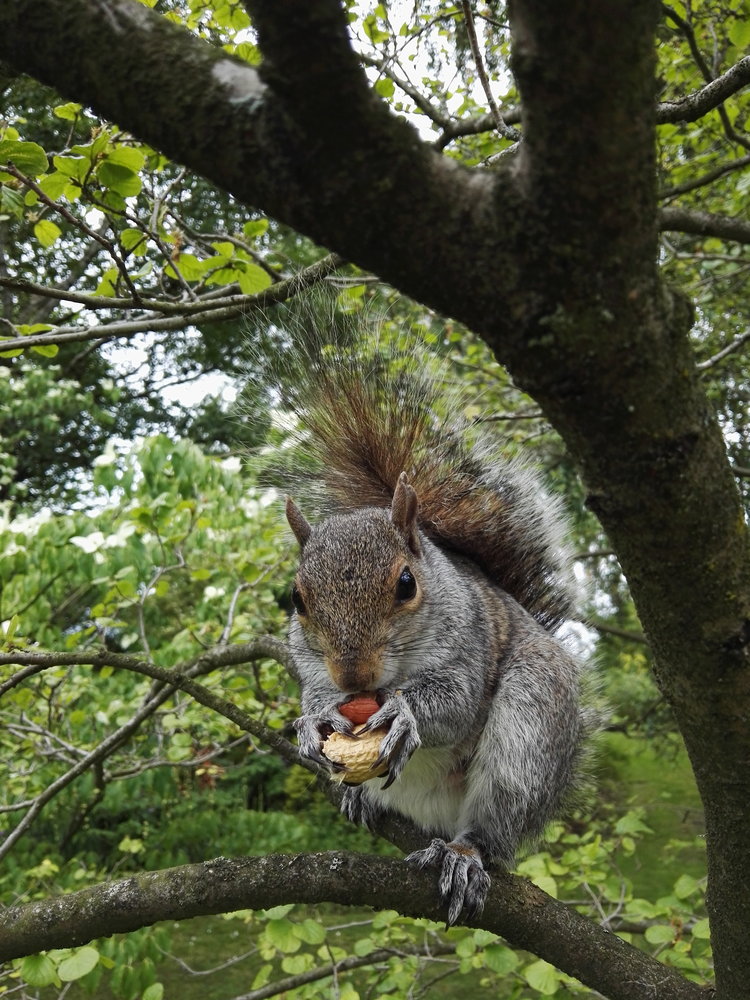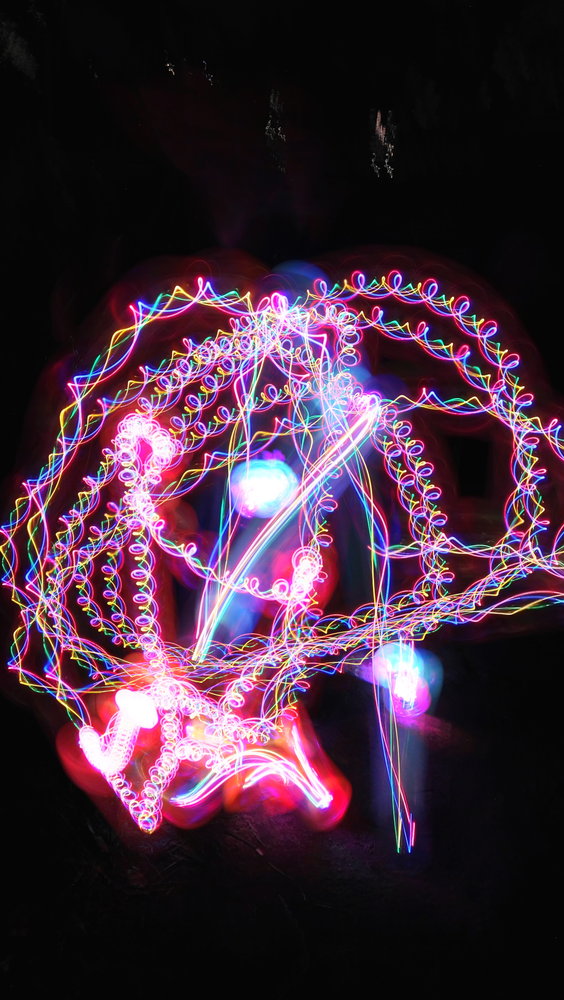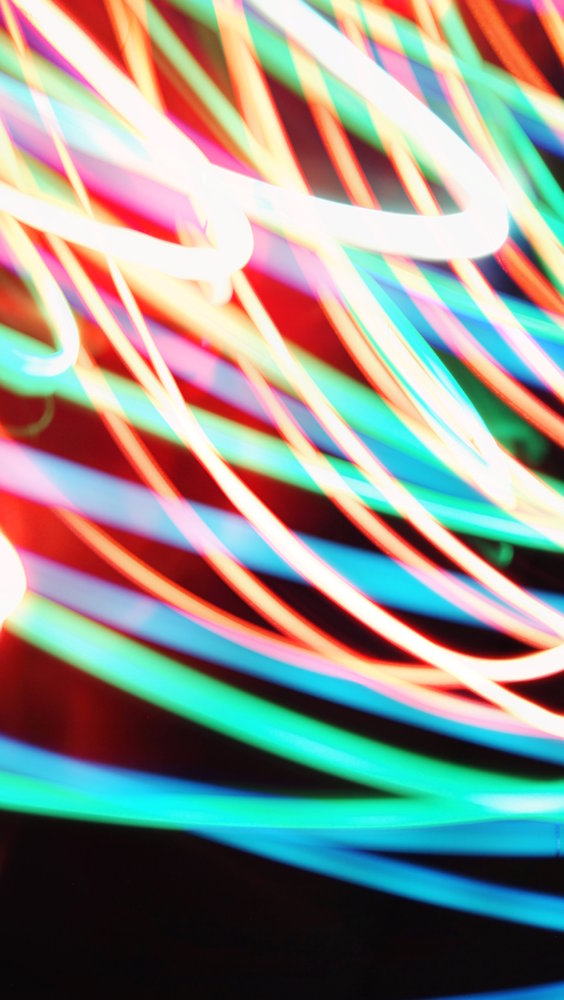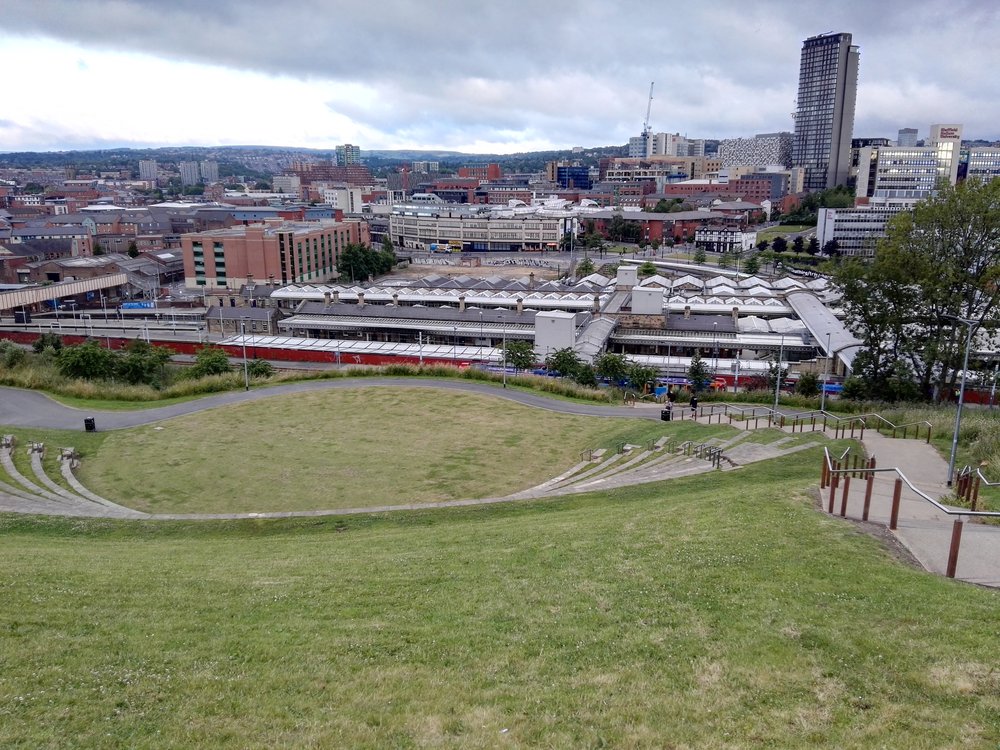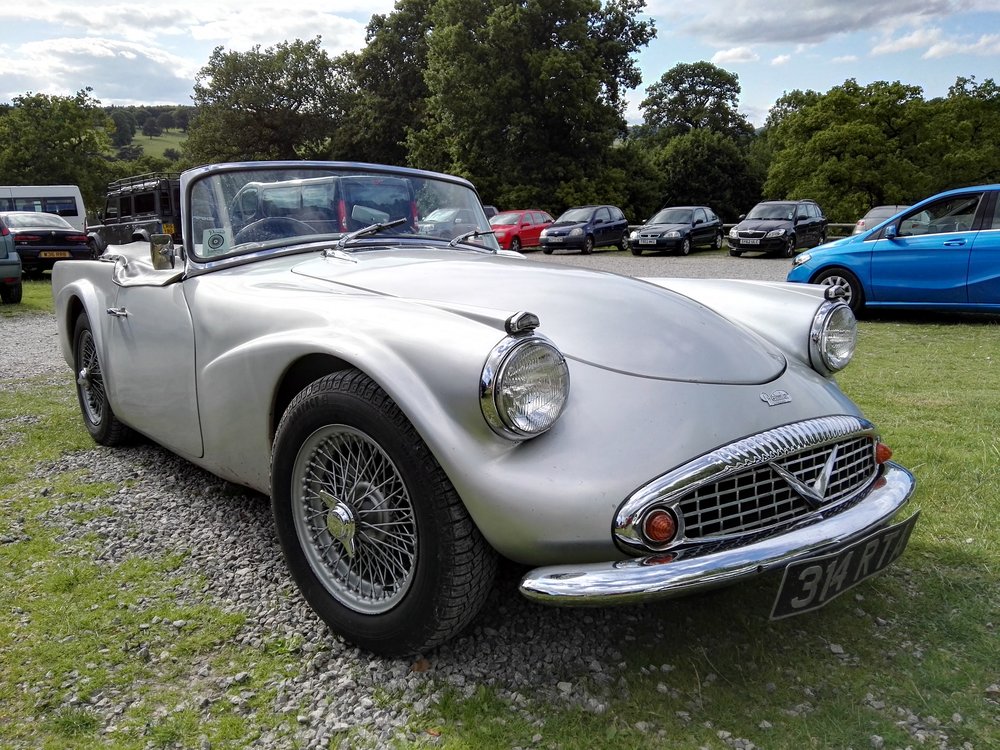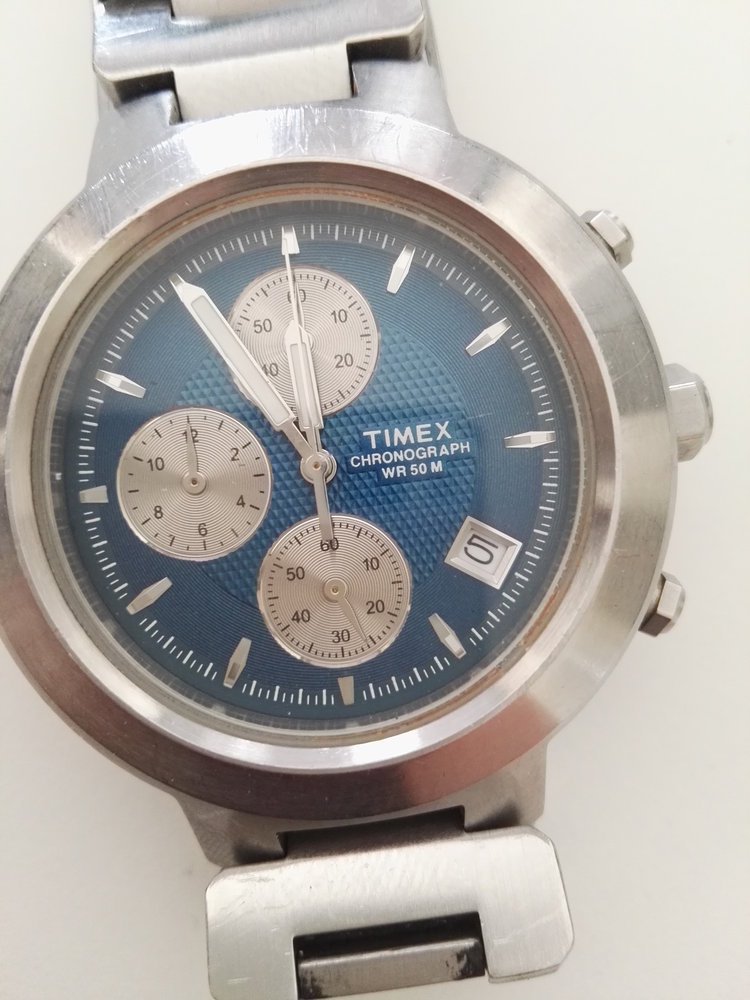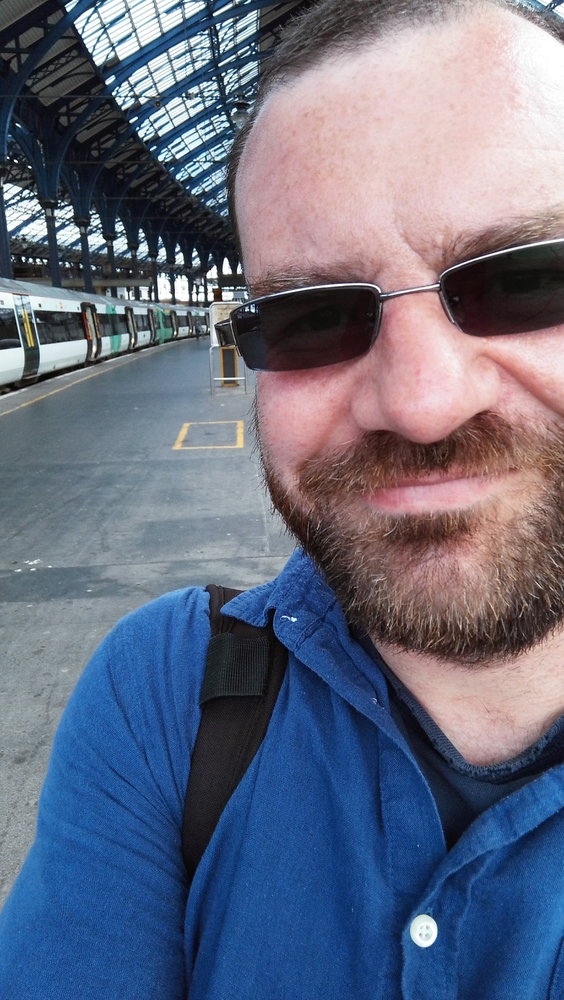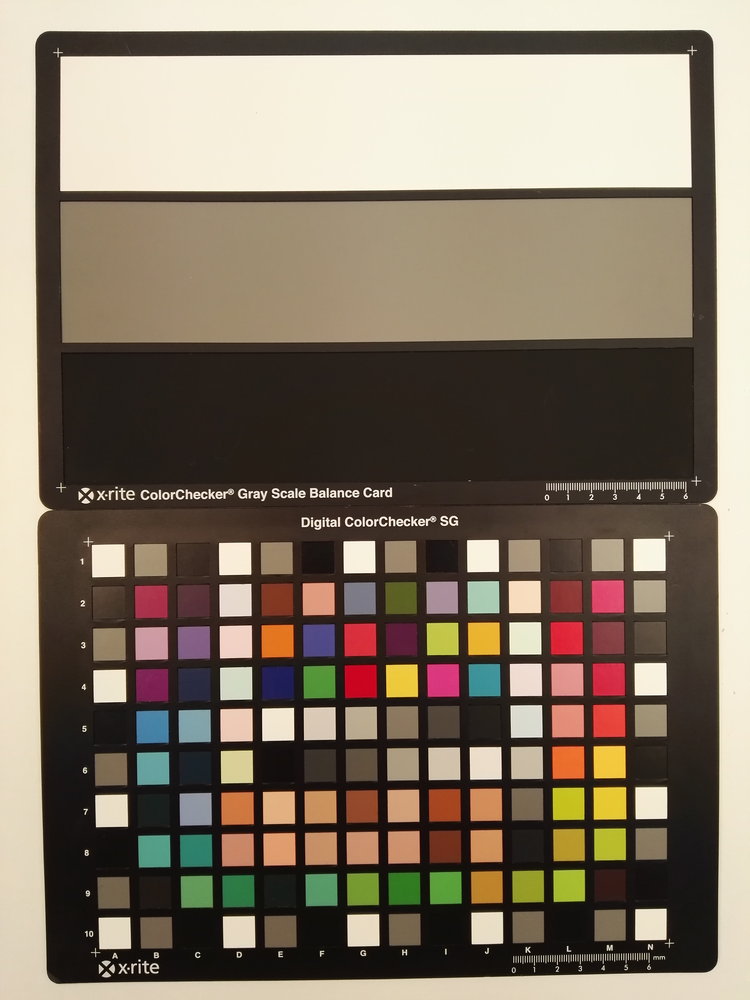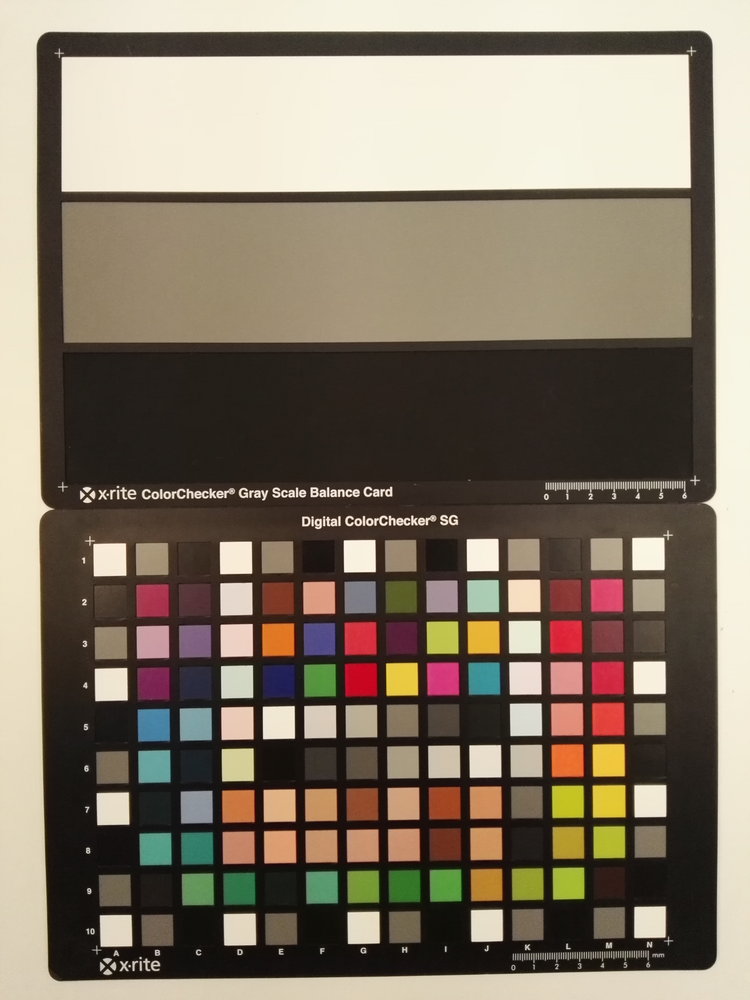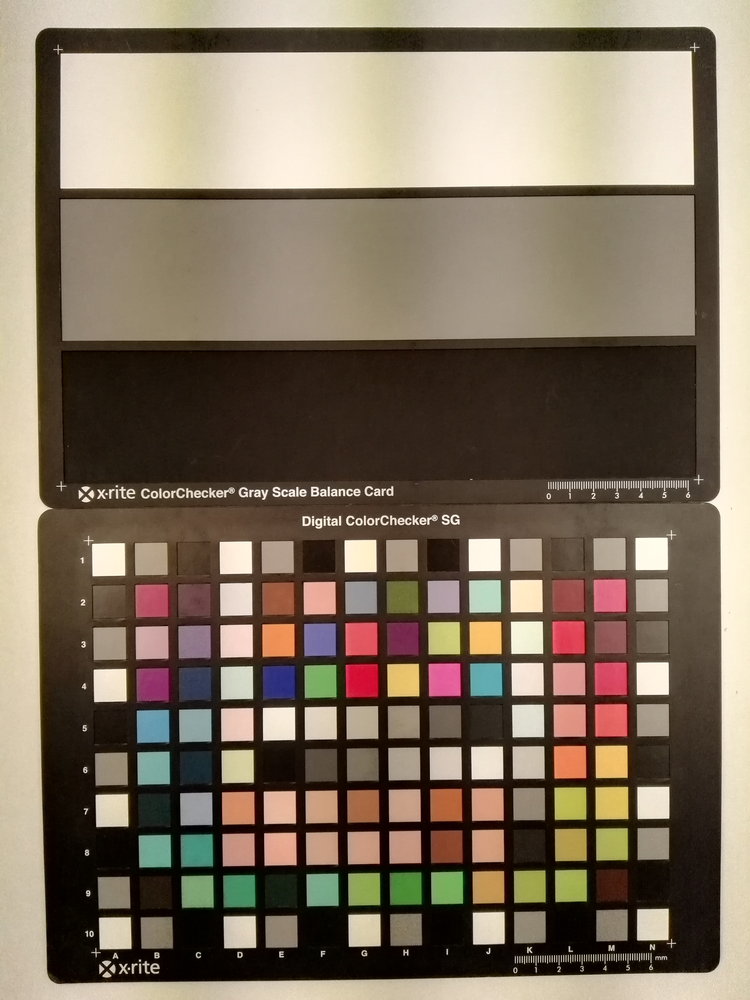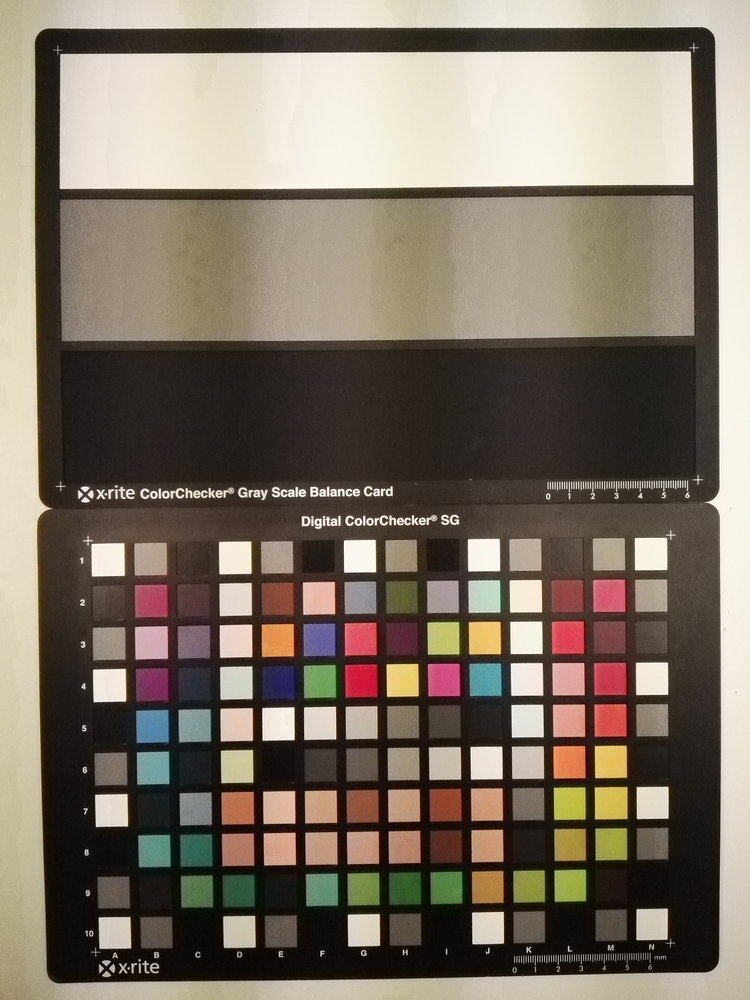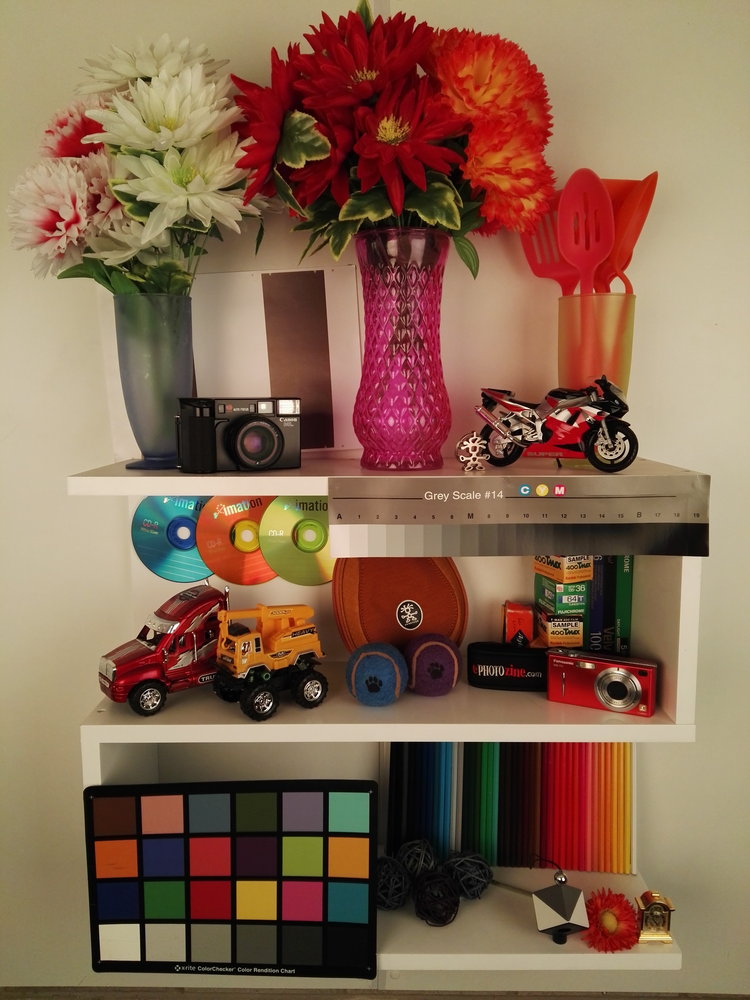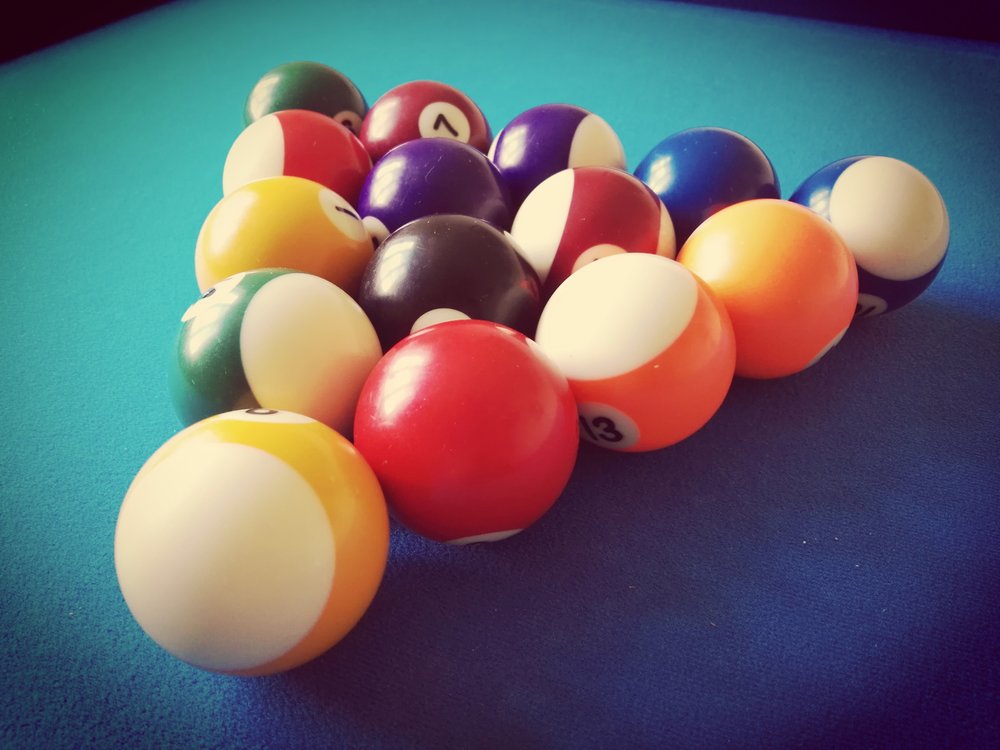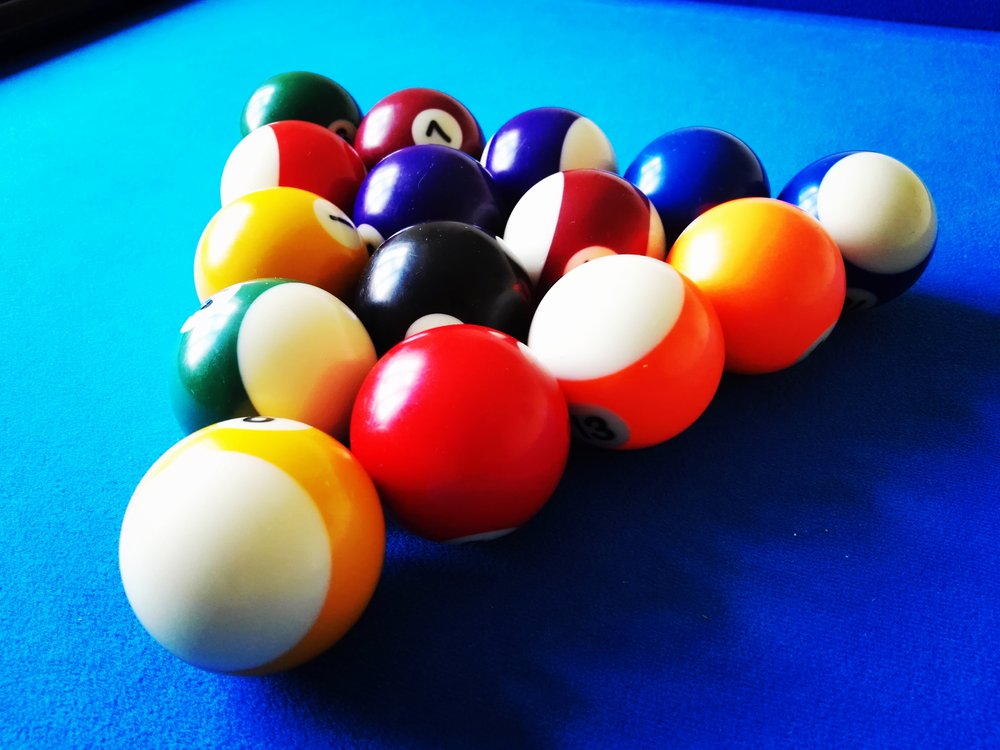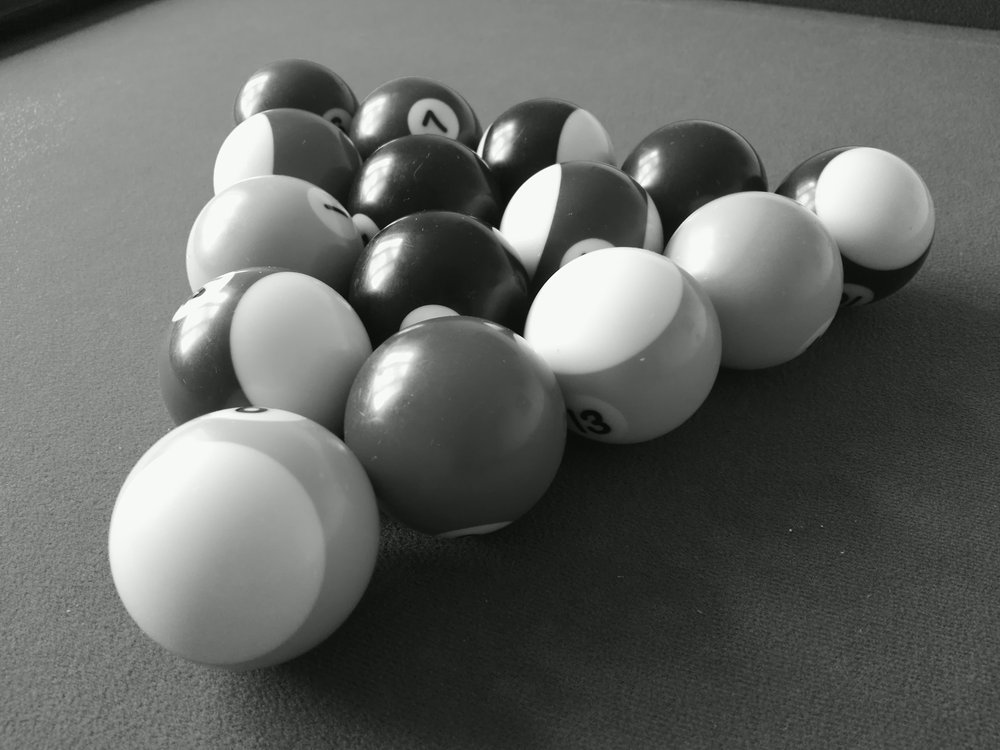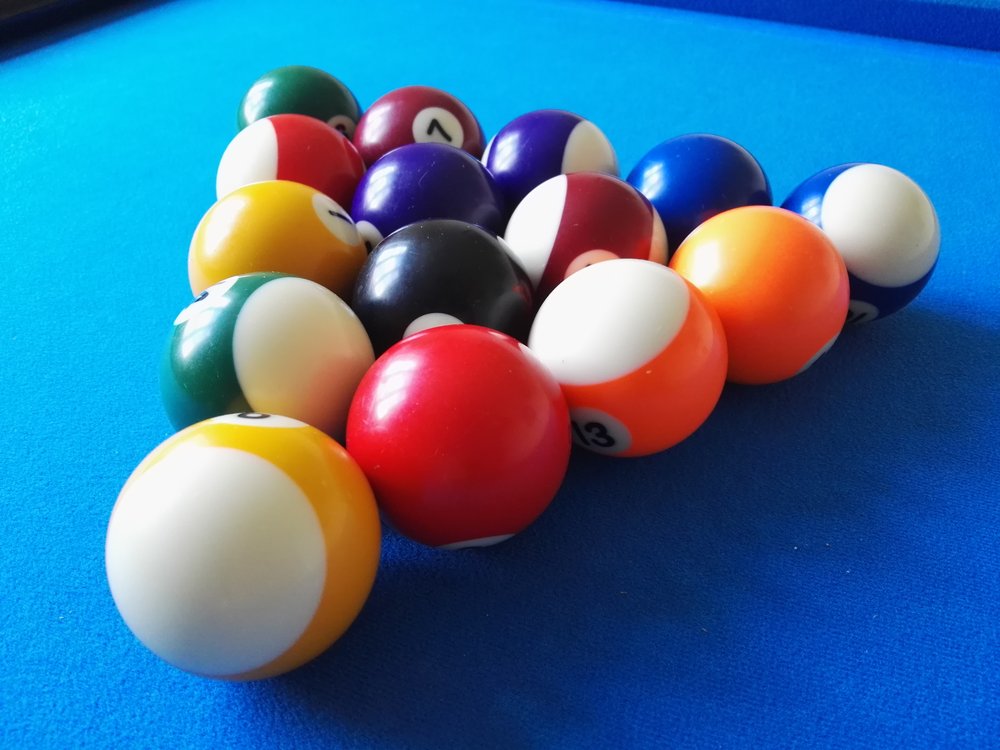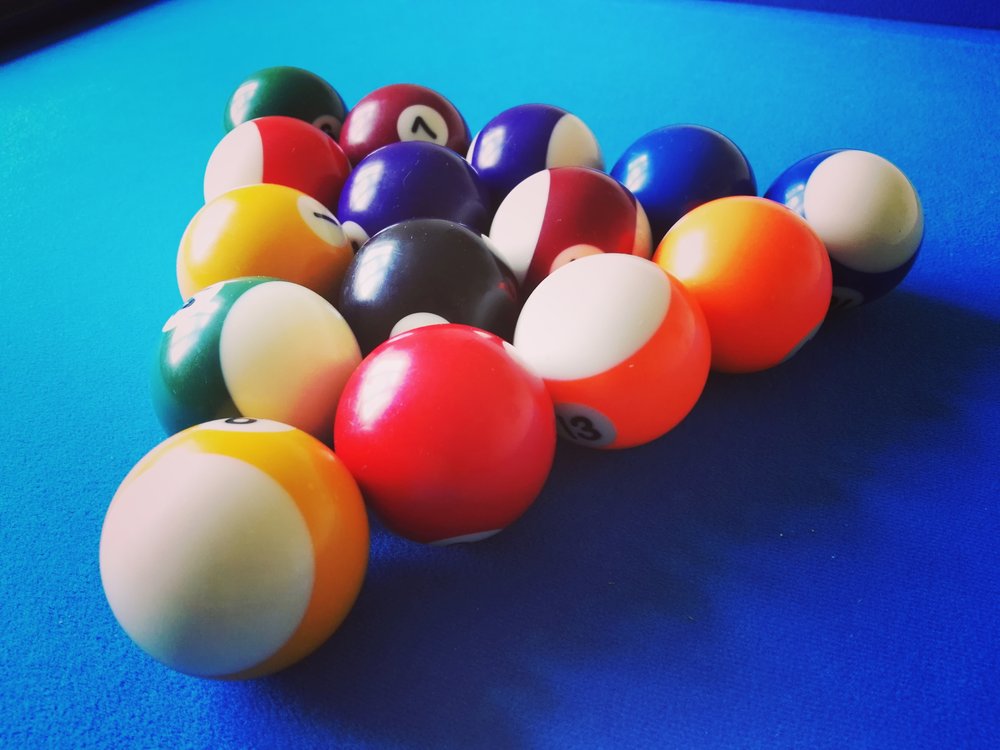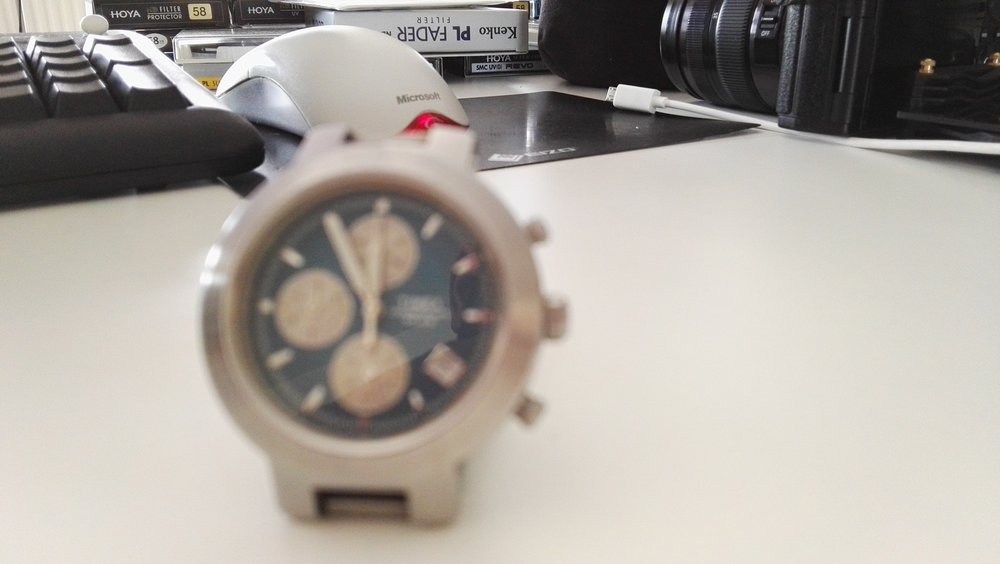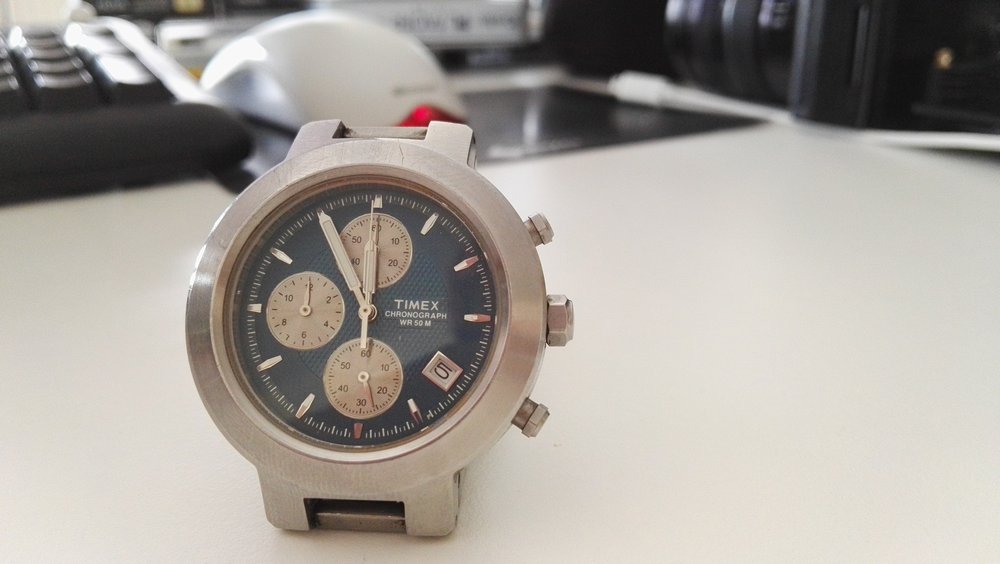Features
Handling
Performance
Verdict
Specification
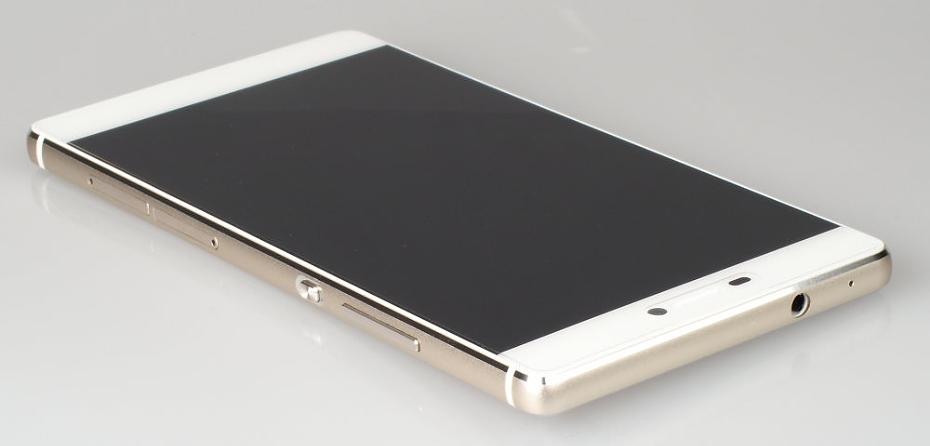
The Huawei P8 is Huawei's (pronounced Wah-Way), flagship mobile phone, with a slim metal body, a large 5.2inch fullHD screen, and a 13 megapixel camera with a bright f/2.0 lens, optical image stabilisation, and a number of advanced photography features including a light painting mode.
Huawei P8 Features

The Huawei P8 uses a Sony 13 megapixel 1/3.06inch RGBW BSI CMOS sensor that is said to improve light sensitivity by 32 percent. The lens is a 28mm equivalent f/2.0 lens with optical image stabilisation. Facing you, above the screen is a front-facing 8-megapixel camera for "Selfies" and video calling. The main camera features a Dual LED flashlight for improved portrait photos in low-light.
Light painting mode gives you four options:
- Car light trails
- Light graffiti
- Silky water
- Star track
Shooting modes available include: Panorama, Super night, HDR, All-focus, Best photo, Watermark and Audio note.
All focus lets you change the focal point of a photo after it's been taken, and is recommended for close-up shots. They also recommend holding the camera steady or the use of a tripod.

Shown next to the Samsung Galaxy S6, with the Huawei P8 on the right.
The camera records fullHD video, and a video director mode lets you direct and control up to three other Android phones, letting you record four angles simultaneously. It will also synchronise video clip editing.
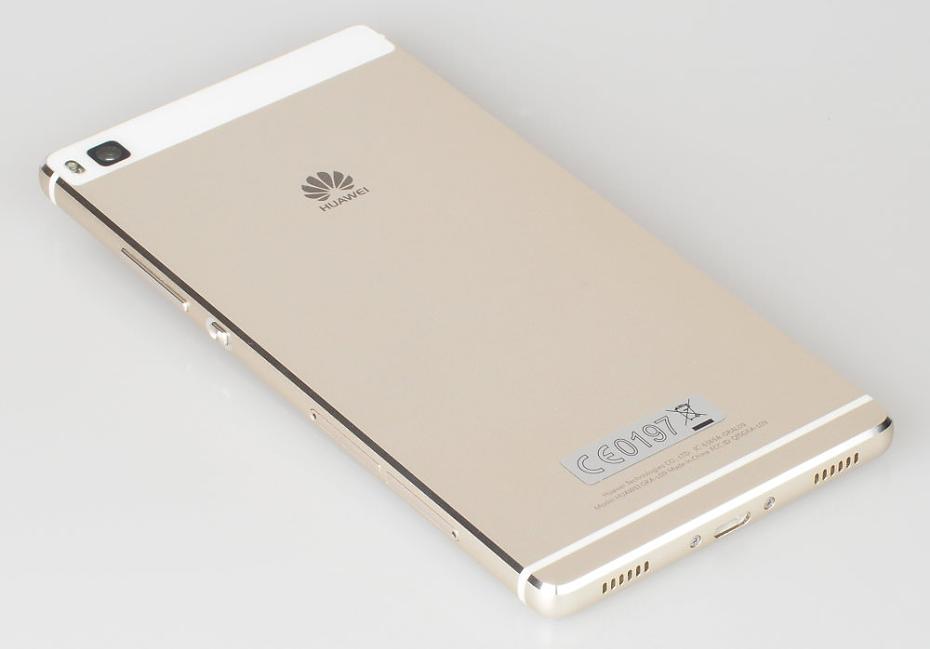
Key Features
- 13.1 megapixel 1/3.06inch BSI RGBW CMOS sensor
- 28mm equivalent lens, f/2.0, Optical image stabilisation
- Front facing 8-megapixel camera, f/2.4 (6mp in 16:9 aspect ratio)
- 5.2inch FullHD touch-screen
- Dual-tone LED flash
- FullHD Video, 1080p, Video director mode
- ISO64 - ISO1600
- Light painting, HDR, Time-lapse shooting, Perfect Selfie
- Android 5.0, 2.0GHz Kirin 930 Octa-core 64-bit chipset
- 3GB RAM, 16GB Storage, expandable with MicroSD
- Metal unibody, 6.4mm thick, available in black or white
Huawei P8 Handling

The Huawei P8 looks good with the 5.2 inch screen dominating the front of the phone, with a slim bezel running along the left and right-hand sides. The sides are surrounded in stylish silver metal with neat, bevelled edges that give a glossy look to the corners of the phone. The buttons on the side look good, particularly the lock / unlock button. The rear of the smartphone is more plain looking with a flat metal surface and the positioning of the camera lens and flash in the far corner is rather reminiscent of the iPhone and Sony Xperia series. Other manufacturers have placed their camera in the centre of the rear in order to draw attention to it.
Almost everyone who sees the Huawei P8 thinks it looks like a squarer version of the iPhone 6, and while this could be seen as true for the white version of the smartphone, the black version should look less like an iPhone.
The P8 also feels good in the hand, although with a large screen it may feel too large for those with smaller hands. However, the thin edges of the smartphone certainly help here. The rear is finished in a slightly textured metal, which means it shouldn't slide off surfaces too easily. Accessing the camera when the phone is locked is quite straightforward, despite the lack of a dedicated shutter release button, as you simply press the volume key down twice to take a photo. Once in the photo mode you can also use the volume key to take photos.
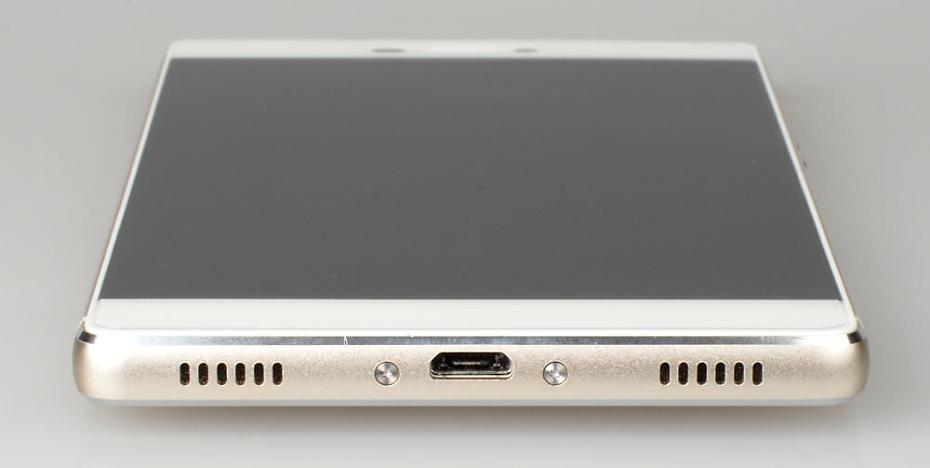
Menus – The camera interface is very reminiscent of the iPhone camera app, and you can switch modes in the same way by scrolling sideways to one of the shooting modes, which includes Light Painting, Beauty, Photo, Video and Timelapse. To access the additional shooting modes you select the top right menu option, and there you can find Panoramic, HDR shooting and more. From there you can also access the advanced photo settings menus where you can change the resolution, ISO, white balance, along with exposure, saturation, contrast and brightness.
|
Photo mode |
Photo effects |
Light Painting Modes |
Battery life - The battery is built-in to the smartphone, and like almost every other premium smartphone it can't be replaced. The battery is rated as a 2680mAh unit, and should give a day or more of battery life depending on how heavily you use the smartphone. Whilst this is fairly typical for a high powered smartphone, we found it didn't last as long as a Sony Xperia Z2 which we had to hand.
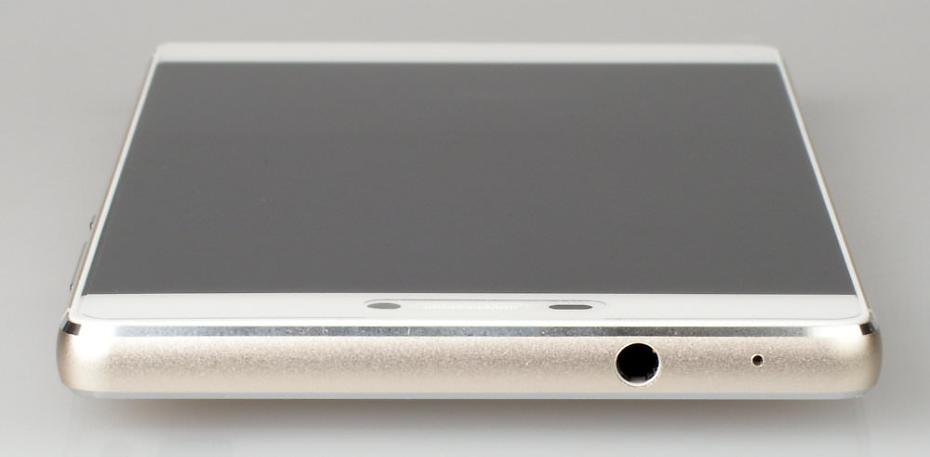
Speed - We took a number of shots to test the camera's responsiveness, from switch on to first photo, shot to shot, focusing speed etc. We take a number of shots and then use the average to ensure accurate and consistent tests, making it easy to compare with other cameras.
| Shutter Response | 0.3secs |
| Wide - Focus / Shutter Response | 0.3secs |
| Switch on Time to Taking a Photo (standy / off) | 1.1secs* / 40secs from off |
| Shot to Shot without Flash | 1.0secs |
| Shot to Shot with Flash | 1.4secs |
| Continuous Shooting - JPEG (shots before slow down) |
12fps (20 shots) |
| Continuous Shooting - Flash | N/A |
* Using the volume key pressed twice to automatically take a photo
Huawei P8 Performance
The performance section is where we look at the image quality performance of the camera. Additional sample photos and product shots are available in the Equipment Database, where you can add your own review, photos and product ratings.
Huawei P8 Sample Photos
Sample Photos - The twin LED (dual-tone) flash can help get more natural looking photos of people when using the flash, however it can look unnatural if the subject is too close to the camera, and the wide-angle lens isn't the most flattering. To get the best out of the light painting mode a tripod is required, along with an adapter to let you mount the smartphone onto a tripod.
Huawei P8 Lens test images
Lens Performance - Detail is reasonable, and the lens performs well with no softening in the corners. There is occasional barrel distortion noticeable and there is minimal vignetting. Macro performance is quite good, with the camera able to focus on subjects roughly 5-6cm away from the front of the lens. Some noise is visible in blue skies when shooting outdoors using ISO64.
Huawei P8 ISO test images
ISO Noise Performance - For the lowest noise and best detail possible we would recommend using ISO100 to ISO400, as images have low levels of noise and good levels of detail. For lower light situations ISO800 still provides good results, although noise increases and detail is reduced. At ISO1600 noise levels become strong and we would recommend avoiding this setting if possible, although results may still be useful if resized and used on the web.
Huawei P8 White-balance test images
White Balance Performance - Auto White Balance (AWB) gives a warm colour cast under tungsten lighting, with the tungsten preset giving an image with a slightly green colour cast. AWB performs reasonably well under fluorescent lights, with the fluorescent preset giving a slightly better result.
Huawei P8 Digital filters
Digital Filters - There are a number of effects available in the photo mode, and these are shown above. These are also available in the video mode. The All-Focus mode takes roughly 8 photos, all with a different point in focus. Afterwards you can choose the area you want in focus simply by pressing on the area on the screen. Once you've selected the area you want on focus you can then save that as an individual image.

Panorama mode - The camera features an automatic panoramic mode, where you simply press the shutter release button and pan the camera from one side to the other. Results are very good, and well stitched together, with a very high resolution 51 - 57 megapixel image produced. You can also take panoramic selfies when using the front facing camera which will combine three shots for a wide view of yourself and your surroundings.
Video - The camera records fullHD video with stereo sound, and optical image stabilisation is active during recording. When panning there is little sign of any problems with the "jello" effect. In windy conditions the noise from the wind is picked up quite noticeably.
Value For Money
The Huawei P8 is available for around £360 sim-free which makes it excellent value for money as a premium smartphone, particularly up against the following smartphones:
Samsung Galaxy S6, 16mp 1/3inch sensor, 4K video, f/1.9, OIS, £425 sim-free (32GB)
iPhone 6 / 6 Plus, 8mp 1/3inch sensor, FullHD video, f/2.2, OIS (Plus only), £499 sim-free (16GB, 6)
Sony XPERIA Z3+, 20mp 1/2.33inch sensor, 4K video, f/2.0, SteadyShot, £485 sim-free (32GB)
HTC One M9, 20mp 1/2.4inch sensor, 4K video, f/2.2, no OIS, £442 sim-free (32GB)
LG G4, 16mp 1/2.6inch sensor, 4K video, f/1.8, OIS, £440 sim-free (32GB)
You'll also need to buy a MicroSD memory card and a case or bag to keep your camera phone safe and protected - have a look at our complete guide to camera bags.
Huawei P8 Verdict
The Huawei P8 offers impressive value for money, being a premium smartphone, with advanced photography features, available for much less than competitor's phones. The smartphone has a good looking screen and is quick and snappy when used. The ability to take long exposure shots and create long exposure waterfall and light painting effects makes it much comparable to digital cameras with raw controls. Image quality is reasonably good, but not as sharp or as detailed as competitor phones such as the Samsung Galaxy S6. However, for those that don't want to spend as much money, but still want a premium smartphone camera, then P8 is well suited.
Huawei P8 Smartphone Review: The Huawei P8 offers some clever photographic features that you would never normally expect to see in a smartphone and for that the P8 is recommended!

